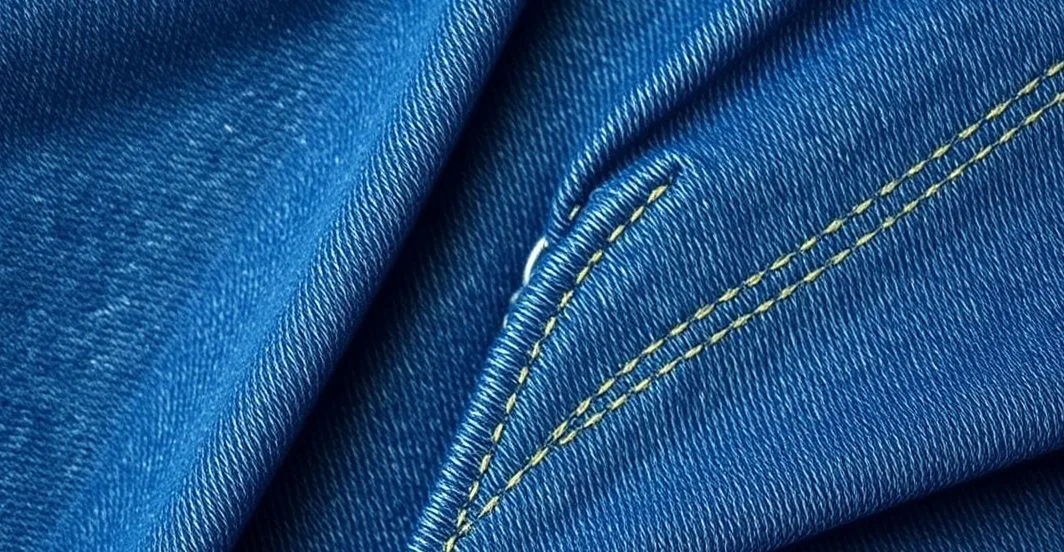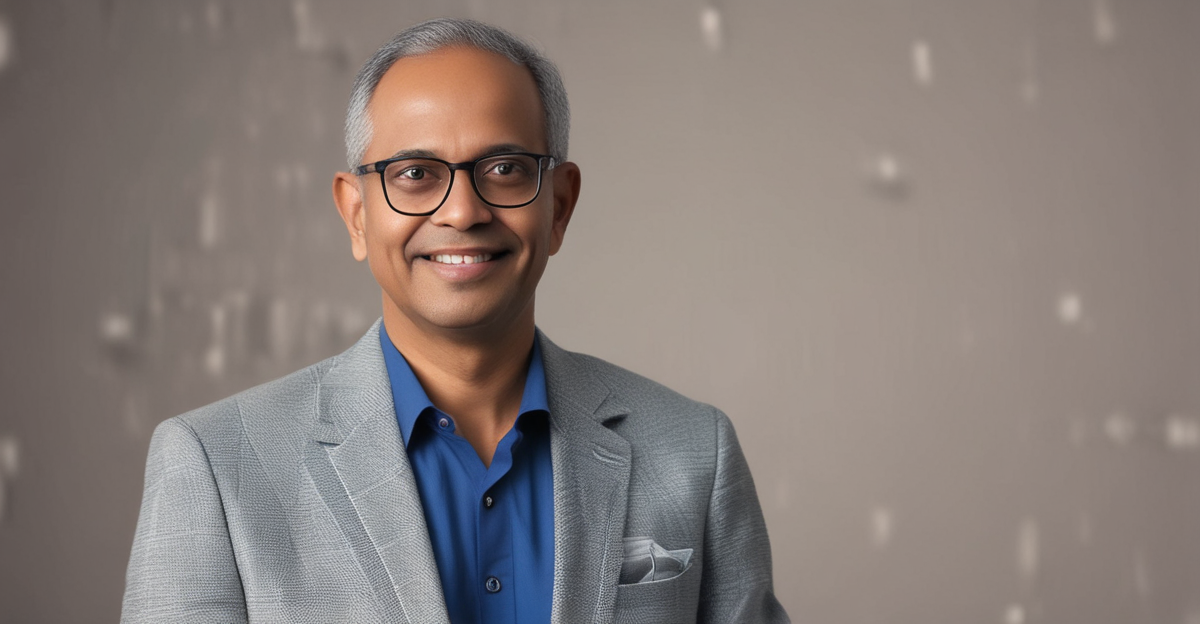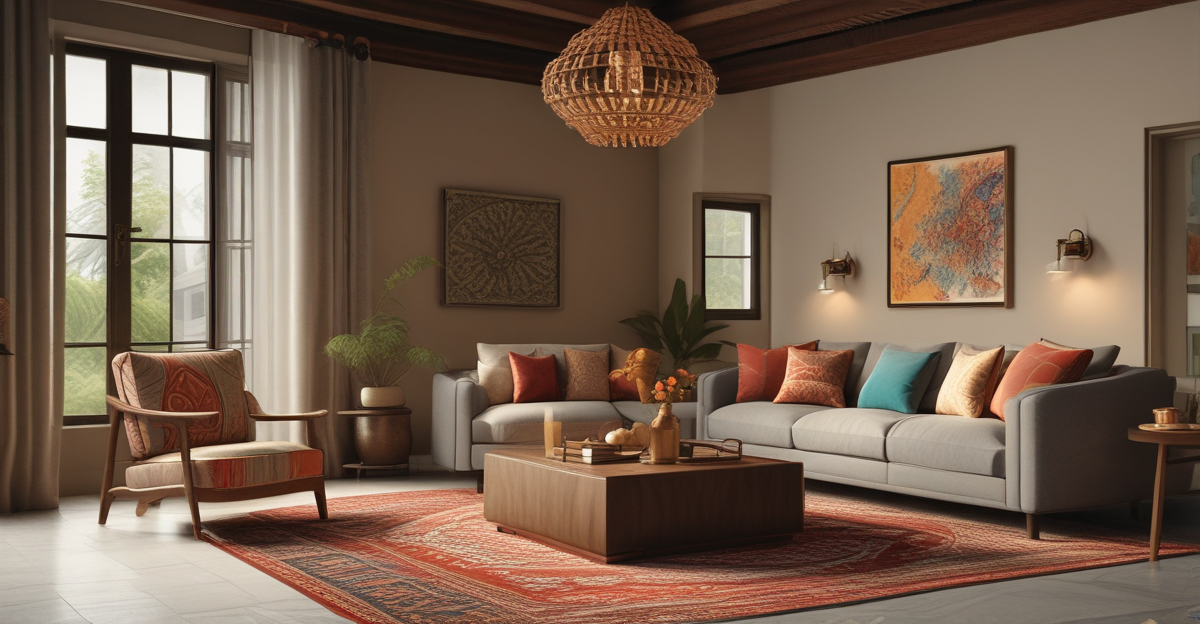Auto-published by Growwh – a smarter way to scale content and marketing. Want to know more? Chat with us.
Textile waste is a global crisis — 92 million tonnes are generated annually — and India contributes 3.9 million tonnes while recycling just 4%. This post explores how Mumbai-based Dwij, founded by engineer Soumya Kalluri, is rescuing discarded denim and building a handmade circular model: sourcing post- and pre-consumer waste, designing for disassembly, training artisans, and creating durable bags, accessories and home décor. Learn the impact, process, commercialization strategy, and practical tips to shop and live more sustainably.
Ready to take your brand to the next level?
At Growwh, we help startups and emerging brands grow faster with powerful content, creator collaborations, and tech solutions.
Explore what we do →
Why textile waste matters
Fast fashion and rising production have created a throwaway culture. Between 2000 and 2015 garment production doubled while the average duration of use dropped by around 36%. Textiles also contribute to plastic pollution: nearly 11% of plastic waste is linked to clothing and textile products. In 2023, only about 8% of textile fibres were made from recycled sources.
From problem to purpose: the rise of a denim upcycler
Seeing this waste problem first-hand, mechanical engineer Soumya Kalluri launched Dwij in 2018 (Dwij means “second life” in Sanskrit) to rescue discarded fabrics — especially denim — and transform them into functional, ethical, and attractive everyday products. Based in Mumbai, the brand focuses on upcycling: diverting textile waste from landfills and giving it meaningful second lives.
Why denim?
Traditional garments like kurtas and saris move easily through donation networks, but high-quality denim often ends up as rags or in landfills — a significant loss of material value. Denim’s durability and diverse shades make it ideal for upcycling into long-lasting lifestyle products.
What Dwij makes and how it pivoted
Dwij started with a single basic tote bag. Early on the team learned that impact depends on regular use, so during the pandemic they pivoted to more functional lifestyle products: office, school and travel bags, plus home décor items. The focus shifted to premium, durable elements — sturdy zippers, refined designs, and construction built to last.
Today the product range includes totes, backpacks, slings, pouches, jewellery, patchwork items, toys and home décor pieces often combined with Kantha embroidery. The SKU count rose from about 66 in FY20 to 162, revenue has grown rapidly since FY22, and product sales have increased multiple-fold.
Sourcing and production: designing with waste
Dwij sources fabrics every two to three months from two main channels:
- Post-consumer denim bought in bulk from informal markets.
- Pre-consumer rejects and lowest-grade material from mills (minor defects) that would otherwise be wasted.
All materials are industrially washed and sanitised before production. Because the brand depends on variable waste streams, design is often inspired by the materials available — one batch may have more dark blues, another more light washes. Artisans ensure compatibility across shades, weights and textures.
The handmade advantage
Dwij’s workshop includes about 15 tailors, cutters and embroidery artisans, supported by three self-help groups of 30–35 women. The team is trained to meet consistent quality and inventory standards and contributes part-time skills in embroidery, toy-making and other crafts.
Though machinery could speed production, Dwij prioritises handcrafted work for its empathy-driven value: lower energy use, artisanal quality, and an emphasis on labour-intensive processes that preserve materials and craftsmanship.
B2B, retail and reach
Dwij works on multiple fronts — direct-to-consumer and B2B corporate gifting — and has fulfilled corporate orders for well-known organisations and institutions. They have also collaborated with interior designers on textile waste solutions and run awareness workshops for corporates and schools.
From a single bulk order in FY20 to over 20 bulk orders in FY25, the brand is expanding both domestically and internationally. It is listed on curated platforms and operates through its website (about half of online sales), online marketplaces, and offline events such as craft fairs and art festivals.
Impact numbers and credentials
To date Dwij has upcycled impressive volumes of material: over 10,000 post-consumer jeans, 2,000 metres of pre- and post-industrial denim, 2,000 metres of shirting and kurta lining, and around 750 metres of recycled felt. The brand is a certified textile upcycler and was incubated at a reputed entrepreneurship centre.
Design for disassembly and cost-per-use
Products are built to last and designed for disassembly: components like cotton, metal and belts can be separated for recycling at end of life. Pricing ranges from accessible everyday pieces to premium lifestyle bags, with an ethos of cost per use — encouraging consumers to view purchases as long-term investments rather than disposable trends.
Business model and growth
Starting with an initial investment of modest capital and additional post-pandemic funding, the brand chose to master one material — denim — rather than dilute its impact across many fabrics. This artisanal, small-batch model intentionally trades scale for quality, traceability and genuine circularity.
Lessons for sustainable shoppers and makers
- Prioritise durability: choose items built to last and design for repair.
- Understand cost per use: a higher upfront price can be a better investment if the item lasts longer.
- Support brands that use real upcycling — turning discarded fabrics into new products without generating additional waste.
- Donate, repair or resell garments rather than throwing them away; opt for pre-loved and recycled fibres when possible.
- If you’re a maker, design for disassembly so components can be separated and recycled at end-of-life.
Why small-scale circularity matters
Mass sustainability claims are often vague and sometimes create new waste under the guise of being ‘green’. True upcycling is hands-on and material-driven — it requires careful sourcing, washing, sanitising and thoughtful design decisions that respect the life cycle of materials. Small, artisanal models may not yield huge gram-level metrics overnight, but they create meaningful local impact: less landfill, artisan livelihoods, and products people actually use.
Final thoughts
Textile waste is one of the biggest environmental challenges of our time. Brands like Dwij show that practical, circular solutions are possible: take low-grade waste, invest in craft and design, and offer consumers durable, ethically made products that earn their place in daily life. Whether you’re shopping, gifting or designing, focus on longevity, repairability and real material reuse — that’s where the biggest gains for people and the planet will come from.
Want to make an impact with your wardrobe? Start by repairing what you have, donate unwanted pieces, and consider investing in upcycled, durable items that lower your cost-per-use and keep good materials out of landfills.
This article was auto-generated as part of a smart content campaign. Curious how we do it? Chat with us to learn more about our content automation systems.
Discover more from Growwh
Subscribe to get the latest posts sent to your email.


